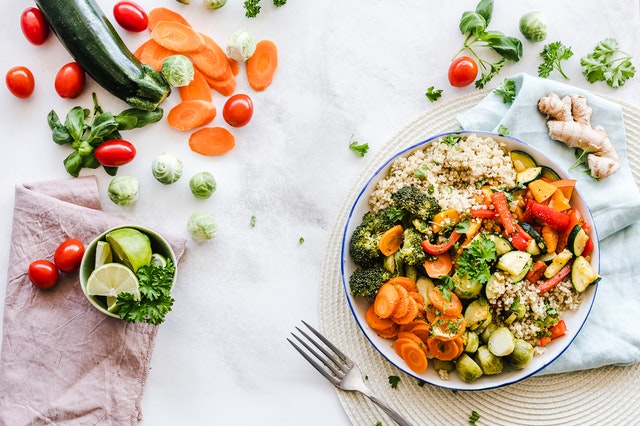Although almost everyone knows that high blood pressure can cause a heart attack or stroke, not everyone knows the precise mechanism. So what is the best way to lower blood pressure?
Most people probably believe the response is, “put down the saltshaker.” While it is sound advice, one healthy habit that might help lower blood pressure is to avoid salting your food. Every day, you can embrace many additional dietary practices and food preparation methods to switch to a lower-sodium diet. The top five are listed below, but first, some blood pressure basics that will “prime the pump” for action.
Top 5 Best Eating Habits to Help Lower Blood Pressure
- Beware of hidden sodium.
Sift through nutrition labels when you shop. The words “25% less sodium” on labels are frequently misleading because they only indicate that the product has less sodium than the original. Remember that many foods high in sodium don’t taste particularly salty.
The sodium content of bread, cheese, salad dressings, and condiments may surprise you. As an illustration, consider cottage cheese, which has 373 mg of salt per half cup.
- Use fiber to lower the pressure.
Your blood pressure will be lowered if you eat healthier foods like lentils, beans, whole grains, fruits, and vegetables. These foods include fiber, vitamins, antioxidants, and other nutrients that support heart health.
- Rinse & dry.
You can reduce your sodium intake by including pasta and beans in their dry form, which frequently uses a lot of salt as a preservative.
Use fresh meats rather than ones that have been stored and packed. Natural sodium is present in fresh cuts of beef, poultry, or pork, although it is far less than the sodium added during processing to foods like bacon and ham. And if you must use canned vegetables and beans for convenience’s sake, rinse them first to get the sodium out.
- Try a salt substitute from the sea.
Kelp flakes can add a touch of salt to dishes to enhance flavor. A type of dried and ground seaweed called kelp can be substituted for salt in recipes to add a salty flavor. It contains significant amounts of the vital elements magnesium, calcium, and iron in addition to iodine.
Gomasio, or sesame salt, is an additional substitute for seasoning. Salads, soups, pasta, fish, poultry, and other foods, can be used as a condiment. It contains calcium, potassium, and iron and is made from a mixture of toasted sesame seeds and a little sea salt. It has less sodium than table salt.
- Spice up dishes with herbs.
Making food low in sodium can initially seem difficult, especially when preparing it for someone who enjoys a lot of salt. However, one way to compensate for the lost sodium is to season the dish liberally with salt-free ingredients like herbs and spices. Often, food requires less salt after it has been correctly seasoned. Use fresh and dried herbs, all the spices on your spice rack, garlic, onion, lemon juice, and onion powder.


